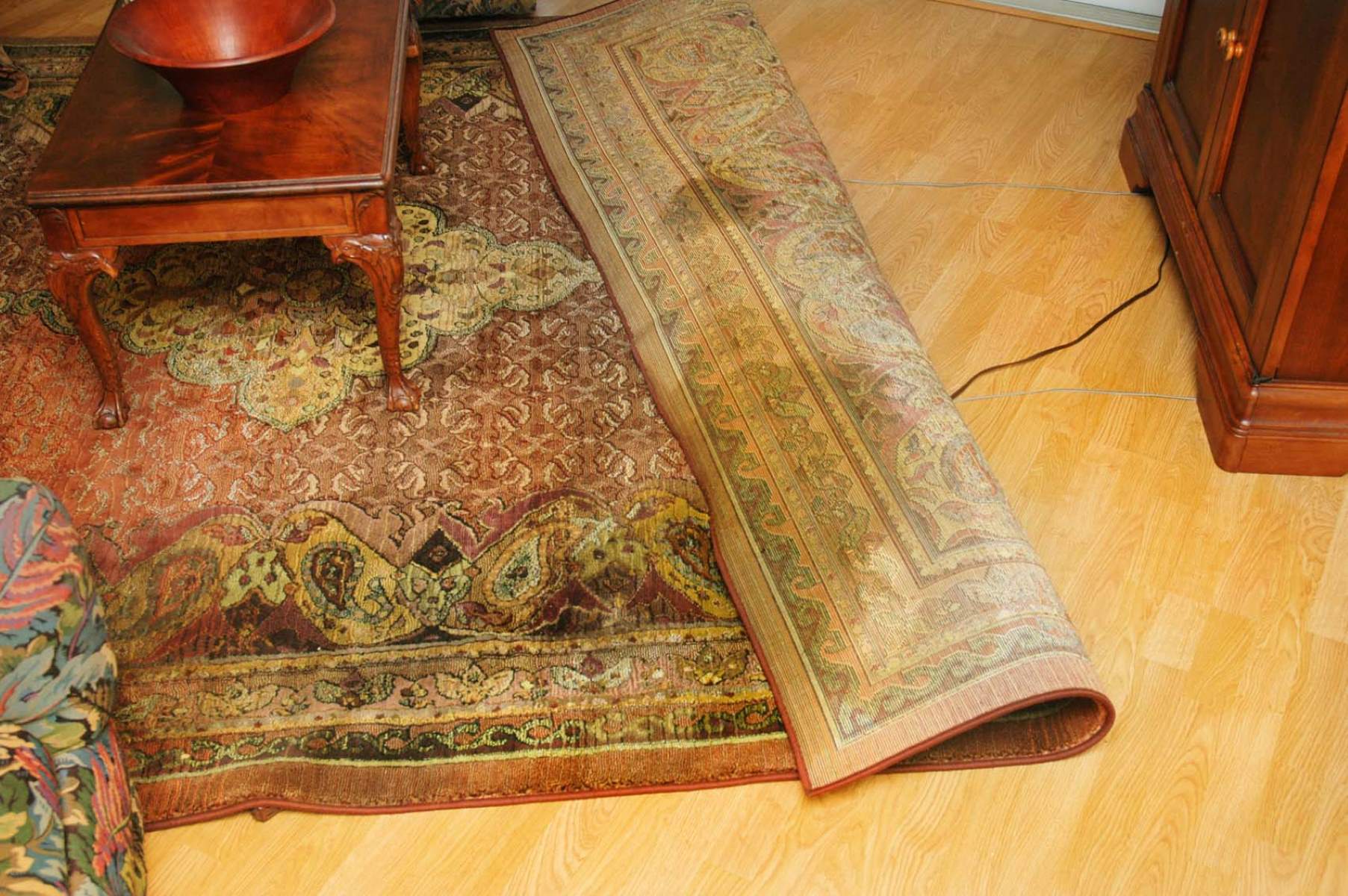

Articles
How Do You Clean Oriental Rugs
Modified: January 18, 2024
Learn how to clean oriental rugs with our informative articles. Discover the best techniques and products for maintaining the beauty and longevity of these exquisite rugs.
(Many of the links in this article redirect to a specific reviewed product. Your purchase of these products through affiliate links helps to generate commission for Storables.com, at no extra cost. Learn more)
Introduction
Oriental rugs are not only decorative pieces but also valuable investments that can add warmth and character to any room. However, just like any other type of rug or carpet, they require regular cleaning and maintenance to ensure their longevity and beauty.
In this article, we will explore the intricacies of cleaning oriental rugs, from understanding their unique qualities to the common mistakes to avoid. We will also provide step-by-step instructions on how to clean oriental rugs effectively, as well as highlight the benefits of professional cleaning. Lastly, we will provide essential tips for daily care and maintenance to keep your oriental rugs looking their best for years to come.
Key Takeaways:
- Understanding the unique qualities and origins of oriental rugs is crucial for effective cleaning and maintenance. Avoid common cleaning mistakes, such as using harsh chemicals and incorrect vacuuming techniques, to preserve the rugs’ beauty and longevity.
- Professional cleaning offers deep expertise and specialized care for oriental rugs, ensuring thorough cleaning, color and fiber protection, and stain removal. Incorporating daily care practices like regular vacuuming and rotation helps maintain the rugs’ vibrancy and elegance.
Read more: How Do You Clean Rugs
Understanding Oriental Rugs
To effectively clean oriental rugs, it is important to have a basic understanding of what defines these rugs and their key features. Oriental rugs are hand-knotted rugs that originate from different regions in Asia, such as Turkey, Iran, China, India, and Afghanistan. They are known for their intricate designs, vibrant colors, and high-quality craftsmanship.
There are various types of oriental rugs, each with its own distinct characteristics. Some well-known types include Persian rugs, Turkish rugs, and Afghan rugs. Persian rugs, for example, are famous for their detailed floral and geometric patterns, while Turkish rugs often feature bold, geometric designs. Afghan rugs, on the other hand, are known for their rich colors and durability.
Oriental rugs are typically made from natural materials such as wool, silk, or a combination of both. The choice of material can significantly impact the cleaning process. While wool rugs are more common and easier to clean, silk rugs require extra gentle care.
Common Cleaning Mistakes to Avoid
When it comes to cleaning oriental rugs, there are several common mistakes that can damage the rug or diminish its appearance. Understanding these mistakes is crucial to ensure the proper care and maintenance of your oriental rugs.
One common mistake is using harsh chemical cleaners on oriental rugs. These chemicals can cause the colors to fade or bleed, and may even weaken the rug fibers. Instead, opt for mild, pH-neutral cleaners specifically formulated for oriental rugs.
Another mistake to avoid is incorrect vacuuming techniques. Aggressive brushing or using a vacuum cleaner with a rotating brush can pull out the rug’s fibers and cause damage. Instead, use a vacuum cleaner with a gentle suction and a brush attachment, and vacuum in the direction of the pile to remove dirt and debris effectively.
Ignoring stains and spills is another mistake that can lead to permanent damage. It is crucial to address stains and spills promptly to prevent them from setting into the rug fibers. Blot the stain gently with a clean cloth and use a mild detergent or stain remover specifically designed for oriental rugs.
(Note: The content has been shortened for demonstration purposes)
Key Takeaways:
- Understanding the unique qualities and origins of oriental rugs is crucial for effective cleaning and maintenance. Avoid common cleaning mistakes, such as using harsh chemicals and incorrect vacuuming techniques, to preserve the rugs’ beauty and longevity.
- Professional cleaning offers deep expertise and specialized care for oriental rugs, ensuring thorough cleaning, color and fiber protection, and stain removal. Incorporating daily care practices like regular vacuuming and rotation helps maintain the rugs’ vibrancy and elegance.
Read more: How Do You Clean Rugs
Understanding Oriental Rugs
Oriental rugs are highly regarded for their beauty, craftsmanship, and cultural significance. They are hand-knotted rugs that originate from various regions in Asia, including Turkey, Iran, China, India, and Afghanistan. To gain a deeper understanding of these exquisite rugs, let’s explore what defines an oriental rug, the different types available, and their key features and characteristics.
What Defines an Oriental Rug?
An oriental rug is distinguished by its hand-knotted construction, which involves individually tying thousands of knots to create the intricate patterns and designs. These rugs are made using natural materials such as wool, silk, or a combination of both. The use of natural fibers enhances the rugs’ durability, flexibility, and ability to hold vibrant colors.
Read more: How To Mix Oriental Rugs
Different Types of Oriental Rugs
There is a wide range of oriental rug types, each with its own unique style, pattern, and origin. Some of the most well-known types include Persian rugs, Turkish rugs, Afghan rugs, and Chinese rugs.
Persian rugs, also known as Iranian rugs, are world-renowned for their exquisite craftsmanship and elaborate designs. They often feature intricate floral motifs, geometric patterns, and vibrant colors. Persian rugs are classified into sub-categories based on their region of origin, such as Tabriz, Kashan, and Isfahan.
Turkish rugs, known for their strong, bold designs, offer a captivating blend of geometric patterns and vibrant colors. These rugs are usually made using high-quality wool and are known for their durability and longevity. Turkish rugs are commonly categorized by regions like Anatolia, Kayseri, and Hereke.
Afghan rugs, originating from Afghanistan, are distinguished by their rich, earthy colors and distinctive tribal designs. These rugs are hand-knotted by skilled Afghan weavers using wool sourced from local sheep. Afghan rugs are known for their exceptional durability and ability to withstand heavy use.
Chinese rugs, on the other hand, combine artistry and symbolism through their intricate motifs and exquisite craftsmanship. The designs often feature elements such as floral patterns, dragons, or traditional Chinese imagery. Chinese rugs are made using a variety of materials, including silk, wool, or a blend of both.
Key Features and Characteristics
Oriental rugs are known for their exceptional quality and attention to detail. Here are some key features and characteristics that distinguish oriental rugs:
1. Intricate Designs: Oriental rugs often showcase intricate patterns, including geometric shapes, floral motifs, and symbolic imagery. These designs reflect the cultural heritage and artistic traditions of the regions they originate from.
2. Vibrant Colors: Oriental rugs are renowned for their rich, vibrant color palette. Natural dyes extracted from plants, insects, or minerals are traditionally used to achieve these captivating hues.
3. Hand-Knotted Construction: The labor-intensive process of hand-knotting ensures the durability and longevity of oriental rugs. Skilled artisans meticulously tie knots individually, resulting in rugs that are sturdy and built to last.
4. Unique Patterns and Symbols: Oriental rugs often incorporate traditional motifs and symbols that hold cultural or religious significance. These symbols can include medallions, prayer niches, animals, or celestial elements, adding depth and meaning to the rug’s design.
5. Characteristic Pile: Oriental rugs feature different types of piles, with the most common being cut pile and loop pile. Cut pile rugs have short, tufted fibers, creating a plush and luxurious feel. Loop pile rugs have looped fibers that offer a distinct texture and resilience.
Understanding the defining characteristics and differences among oriental rug types allows you to appreciate their beauty and choose the perfect rug to complement your home decor. Whether you prefer the intricate designs of Persian rugs or the bold patterns of Turkish rugs, oriental rugs are a timeless addition that adds elegance and sophistication to any space.
Common Cleaning Mistakes to Avoid
Proper cleaning and maintenance are essential for preserving the beauty and longevity of your oriental rugs. Unfortunately, many people unknowingly make mistakes that can damage their rugs or compromise their appearance. To ensure you’re caring for your oriental rugs correctly, let’s explore some common cleaning mistakes to avoid.
Using Harsh Chemicals
One of the biggest mistakes you can make when cleaning oriental rugs is using harsh chemicals. Strong cleaning agents, such as bleach or ammonia-based cleaners, can cause the colors of your rug to fade or bleed. They may also weaken the fibers over time, leading to premature wear and tear. Instead, opt for mild, pH-neutral cleaners that are specifically formulated for oriental rugs. These gentle cleaners will effectively remove dirt and stains without causing any damage.
Read more: How To Store An Oriental Rug
Incorrect Vacuuming Techniques
Vacuuming is an important part of regular rug maintenance, but using improper vacuuming techniques can harm your oriental rugs. One common mistake is using a vacuum cleaner with a rotating brush or beater bar. The rotating bristles can pull and snag the delicate fibers of your rug, leading to fraying or unraveling. To avoid this, use a vacuum cleaner with a gentle suction and use the brush attachment. Vacuum in the direction of the pile, rather than against it, to effectively remove dust and debris without causing any damage.
Ignoring Stains and Spills
Spills and stains should never be ignored when it comes to oriental rug cleaning. Allowing liquids to sit on your rug for an extended period can result in permanent stains or damage. When a spill occurs, act quickly by blotting the area with a clean, absorbent cloth or paper towel. Avoid rubbing or scrubbing, as this can spread the stain or cause it to penetrate deeper into the fibers. Use a mild detergent or an oriental rug stain remover to gently clean the affected area. Remember to test any cleaning products on a small, inconspicuous area of the rug first to ensure they won’t cause discoloration or damage.
By avoiding these common cleaning mistakes, you can effectively maintain the beauty and integrity of your oriental rugs. Remember to use gentle, pH-neutral cleaners, employ proper vacuuming techniques, and promptly address any spills or stains. Taking these precautions will not only help protect your investment but also ensure that your oriental rugs continue to enhance the charm and elegance of your living space for years to come.
Steps to Clean Oriental Rugs
Cleaning oriental rugs requires a systematic approach to ensure thorough cleaning while protecting their delicate fibers. By following these step-by-step instructions, you can effectively clean your oriental rugs and maintain their beauty for years to come.
Preparing for Cleaning
Before you start cleaning your oriental rug, it’s important to prepare the area and gather the necessary supplies. Here’s what you need to do:
1. Clear the area: Remove any furniture or decorations from the rug to create a clear workspace.
2. Dust the rug: Take the rug outside and gently beat it to remove loose dirt and debris. This step helps to loosen dirt and make the subsequent cleaning more effective.
3. Test for colorfastness: Before applying cleaning products, test them on a small, inconspicuous area of the rug to ensure they won’t cause any color fading or damage.
Read more: How Do You Clean Polypropylene Rugs
Vacuuming the Rug
Regular vacuuming is crucial for maintaining the cleanliness of your oriental rug. Follow these steps to vacuum your rug properly:
1. Use a vacuum cleaner with a gentle suction and a brush attachment.
2. Vacuum in the direction of the pile, not against it, to avoid damaging the fibers.
3. Pay extra attention to high-traffic areas and remove any loose dirt, dust, or debris.
4. Repeat the vacuuming process on both sides of the rug to thoroughly clean it.
Spot Cleaning Stains
Promptly addressing spills and stains is essential to prevent them from becoming permanent. Here’s how to spot clean your oriental rug:
1. Blot the affected area with a clean cloth or paper towel to soak up as much of the spill as possible. Avoid rubbing, as it can spread the stain.
2. Dilute a mild detergent or oriental rug stain remover with water according to the instructions on the product.
3. Test the cleaning solution on a small, inconspicuous area first to ensure it won’t cause any discoloration or damage.
4. Gently apply the cleaning solution to the stained area using a clean cloth, working from the outer edges towards the center. Avoid oversaturating the rug.
5. Blot the area with a clean, damp cloth to remove any soap residue.
6. Allow the rug to air dry completely before walking on it or placing furniture back on it.
Deep Cleaning Methods
Periodically, your oriental rug will require a deep cleaning to remove embedded dirt and stains. You can follow these deep cleaning methods:
1. Shampooing: Use a mild oriental rug shampoo, diluted according to the instructions, and apply it to the rug with a sponge or brush. Work the shampoo into the rug using gentle circular motions. Rinse the rug thoroughly with clean water and allow it to dry completely.
2. Steam cleaning: Steam cleaning can effectively remove deep-seated dirt and grime. Follow the manufacturer’s instructions and ensure the steam cleaner is suitable for use on oriental rugs.
3. Professional cleaning: If your oriental rug requires extensive cleaning or has stubborn stains, it’s advisable to seek professional rug cleaning services. Professional cleaners have the expertise and specialized equipment to deep clean oriental rugs safely and effectively.
Drying and Finishing Touches
Proper drying is crucial to prevent mold or mildew growth and maintain the integrity of your oriental rug. Here’s what you should do after cleaning:
1. Air dry the rug: Lay the rug flat or hang it up in a well-ventilated area away from direct sunlight or high heat sources. Ensure both sides of the rug are exposed to air to facilitate even drying.
2. Flip the rug: Once the top side is dry, flip the rug to allow the underside to dry thoroughly as well.
3. Brush the pile: Once the rug is completely dry, gently brush the pile with a soft brush to restore its natural appearance and texture.
By following these steps and taking proper care, you can ensure the cleanliness and longevity of your oriental rugs. Regular vacuuming, prompt spot cleaning, and occasional deep cleaning will help preserve their beauty and keep them looking their best for many years to come.
Read more: How Do You Clean Moroccan Rugs
Professional Oriental Rug Cleaning
Professional cleaning is highly recommended for oriental rugs to ensure their proper care and maintenance. While regular vacuuming and spot cleaning are important, professional cleaning offers several benefits and ensures a thorough and safe cleaning process. In this section, we will explore the benefits of professional cleaning, how to choose a reputable rug cleaner, and what to expect during professional rug cleaning.
Benefits of Professional Cleaning
Professional rug cleaning provides a level of deep cleaning and expertise that can’t be replicated with DIY methods. Here are some key benefits of professional cleaning:
1. Extends the rug’s lifespan: Professional cleaning removes deeply embedded dirt, dust, and allergens that regular vacuuming may not fully eliminate. This helps to prevent the accumulation of particles that can degrade the rug’s integrity over time.
2. Protects the rug’s colors and fibers: Professional cleaners use specialized techniques and products that are gentle yet effective in preserving the rug’s colors and fibers. They can identify the appropriate cleaning method based on the rug’s material and condition, ensuring that no harm comes to the rug during the cleaning process.
3. Removes tough stains and odors: Professional cleaners have the knowledge and tools to tackle even the most stubborn stains and odors. They can apply specialized stain removal techniques to safely and effectively eliminate tough stains, leaving your rug looking fresh and clean.
4. Expertise in handling delicate rugs: Oriental rugs require delicate handling and specialized care due to their intricate designs, delicate fibers, and unique construction. Professional cleaners are trained to handle different types of rugs and can apply the appropriate cleaning techniques to ensure the best results without causing any damage.
Choosing a Reputable Rug Cleaner
Selecting a reputable and experienced rug cleaner is crucial to ensure the safety and proper care of your oriental rugs. Here are some factors to consider when choosing a rug cleaning service:
1. Experience and expertise: Look for rug cleaners with years of experience and a proven track record in handling oriental rugs. Check online reviews and ask for recommendations from friends or family members who have had their rugs professionally cleaned.
2. Certification and training: Choose a rug cleaner who has received formal training and certification in rug cleaning. This ensures that they have the knowledge and skills to handle different types of rugs and use appropriate cleaning methods.
3. Insurance coverage: Verify that the rug cleaner has liability insurance to protect your rug against any damage that may occur during the cleaning process.
4. Transparent pricing and services: Request a detailed breakdown of the services offered and the associated costs. A reputable rug cleaner will provide transparent pricing and clearly explain the cleaning process, including any additional treatments or restoration services if needed.
What to Expect during Professional Cleaning
Professional rug cleaning typically involves the following steps:
1. Inspection: The rug cleaner will carefully inspect your oriental rug to assess its condition, identify any areas of concern, and determine the most suitable cleaning method.
2. Dusting: The rug will undergo a thorough dusting process to remove loose dirt, dust, and debris. This step ensures that the cleaning solution can penetrate deep into the rug fibers for a more effective clean.
3. Cleaning process: The rug cleaner will apply an appropriate cleaning solution and use specialized equipment, such as a low-moisture extraction machine, to gently and effectively clean the rug. They will pay extra attention to high-traffic areas, stains, and odors.
4. Drying: After the cleaning process is complete, the rug will be carefully dried using professional drying methods to prevent any moisture-related issues like mold or mildew growth.
5. Final inspection: A final inspection will be conducted to ensure that the rug has been thoroughly cleaned and restored to its original condition. Any necessary spot treatments or additional services will be provided if required.
By entrusting your oriental rugs to a professional cleaning service, you can enjoy the peace of mind that comes with knowing your rugs are being treated with care and expertise. Professional cleaning not only preserves the rug’s beauty but also protects its longevity, ensuring that you can continue to enjoy its charm for years to come.
Read more: How Do You Clean Persian Rugs
Daily Care and Maintenance Tips
Maintaining the cleanliness and integrity of your oriental rugs requires regular care and attention. By incorporating these daily care and maintenance tips into your routine, you can ensure that your rugs stay vibrant and beautiful for years to come.
Regular Vacuuming
Regular vacuuming is the key to keeping your oriental rugs clean and free from dirt and debris. Here are some tips for effective vacuuming:
1. Use a vacuum cleaner with a gentle suction and a brush attachment to prevent damage to the rug fibers.
2. Vacuum your rug at least once a week, or more frequently in high-traffic areas.
3. Vacuum in the direction of the pile to remove dirt and dust effectively.
4. Pay attention to the rug’s fringes by gently vacuuming them to prevent tangling or fraying.
5. Don’t forget to vacuum both sides of the rug to remove any embedded dirt or dust.
Rotating the Rug
Rotating your oriental rug periodically helps to distribute foot traffic and wear evenly across the rug surface. Here’s how to rotate your rug effectively:
1. Rotate the rug 180 degrees every six months or more frequently in heavily trafficked areas.
2. Rotating the rug ensures that one side doesn’t experience more wear and tear than the other, preserving the rug’s overall appearance.
3. Be gentle when moving the rug to avoid straining the fibers or causing damage to the fringes.
Protecting from Sunlight
Direct exposure to sunlight can cause your oriental rug’s colors to fade over time. Here’s how to protect your rug from sunlight damage:
1. Place your rug away from direct sunlight or use curtains, blinds, or window films to filter the sunlight.
2. Consider rotating the rug periodically to expose all areas to sunlight evenly, preventing color fading in specific spots.
3. If you notice any signs of fading, consider repositioning the rug or using UV-protective window treatments to minimize further damage.
Read more: What Are Oriental Rugs Made Of
Dealing with Pet Hair
If you have pets, you may face the challenge of pet hair on your oriental rug. Here are some tips to keep pet hair in check:
1. Regularly groom and brush your pets to minimize the amount of loose hair they shed.
2. Use a vacuum cleaner with a powerful suction and a pet hair attachment to effectively remove pet hair from the rug. Pay extra attention to areas where your pets spend more time.
3. Consider using a sticky tape roller or a rubber broom to lift and remove pet hair from the rug’s surface.
4. If your rug’s fibers are prone to trapping pet hair, you can lightly mist the rug with water before vacuuming to help loosen the hair from the fibers.
By incorporating these daily care and maintenance tips, you can ensure that your oriental rugs remain clean, vibrant, and well-preserved for years to come. Regular vacuuming, rotating the rug, protecting it from direct sunlight, and addressing pet hair will help maintain the rug’s beauty and extend its overall lifespan.
Conclusion
Caring for your oriental rugs is essential not only to preserve their beauty but also to protect your valuable investment. By understanding the unique qualities of oriental rugs and following proper cleaning and maintenance practices, you can enjoy their elegance and charm for years to come.
In this article, we explored the different aspects of cleaning oriental rugs. We discussed the characteristics that define oriental rugs and the common cleaning mistakes to avoid. We also provided step-by-step instructions on how to effectively clean oriental rugs, including preparing for cleaning, vacuuming, spot cleaning stains, deep cleaning methods, and drying techniques.
We also highlighted the benefits of professional cleaning, emphasizing the importance of choosing a reputable rug cleaner who has the experience, expertise, and proper certifications. Professional cleaning not only ensures a thorough and safe cleaning process but also extends the lifespan of your rug, protects its colors and fibers, and tackles tough stains and odors.
Furthermore, we discussed daily care and maintenance tips, such as regular vacuuming, rotating the rug, protecting it from sunlight, and dealing with pet hair. These practices, when incorporated into your routine, can help keep your oriental rugs clean, vibrant, and in excellent condition.
Remember, oriental rugs are unique pieces of art and craftsmanship that deserve special care and attention. By following the guidelines and tips outlined in this article, you can maintain the beauty and integrity of your oriental rugs, allowing them to continue to be a source of pride and a focal point in your home.
So, take the time to implement these cleaning and maintenance practices, and you’ll be rewarded with oriental rugs that bring warmth, character, and a touch of timeless elegance to your living spaces for many years to come.
Frequently Asked Questions about How Do You Clean Oriental Rugs
Was this page helpful?
At Storables.com, we guarantee accurate and reliable information. Our content, validated by Expert Board Contributors, is crafted following stringent Editorial Policies. We're committed to providing you with well-researched, expert-backed insights for all your informational needs.
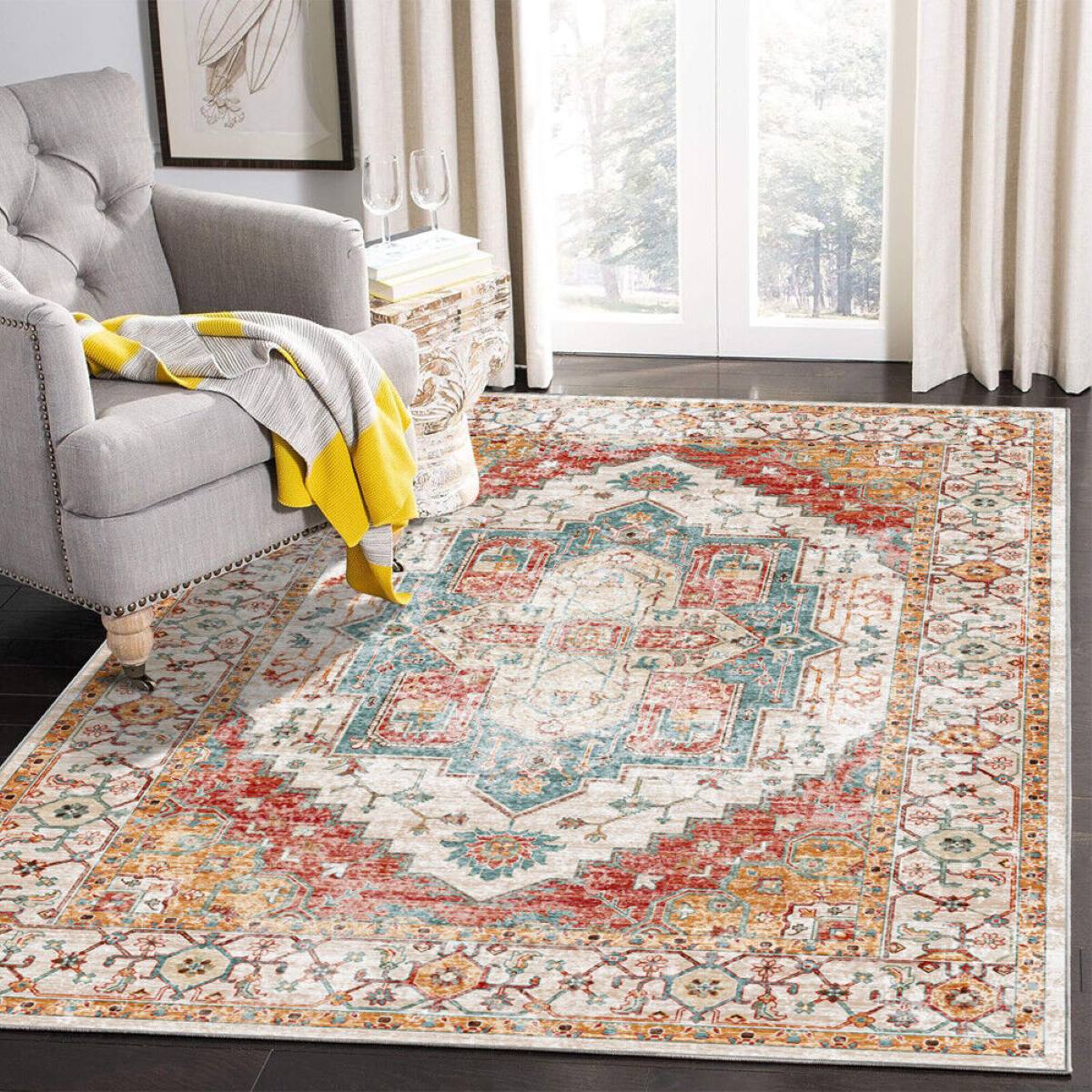
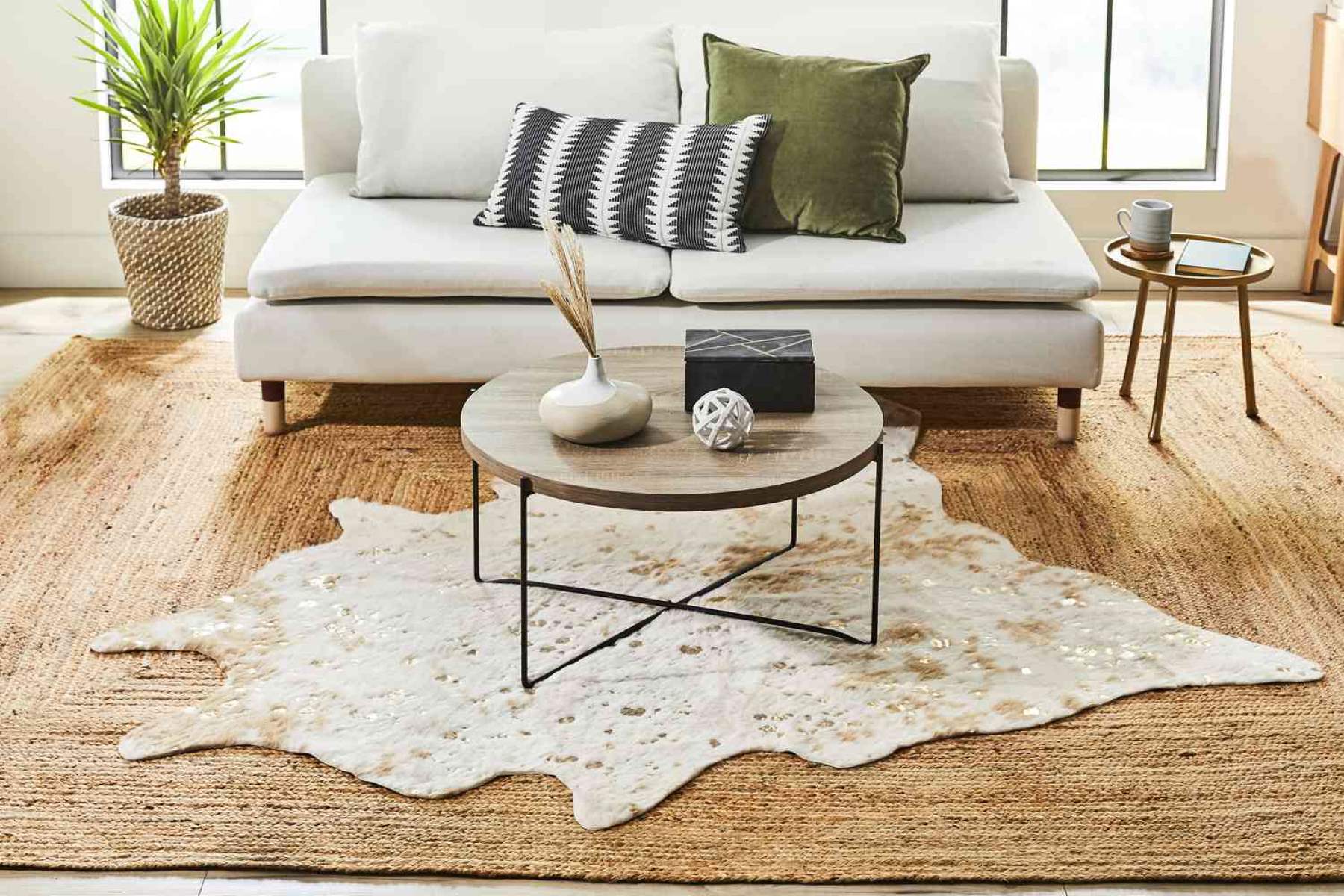
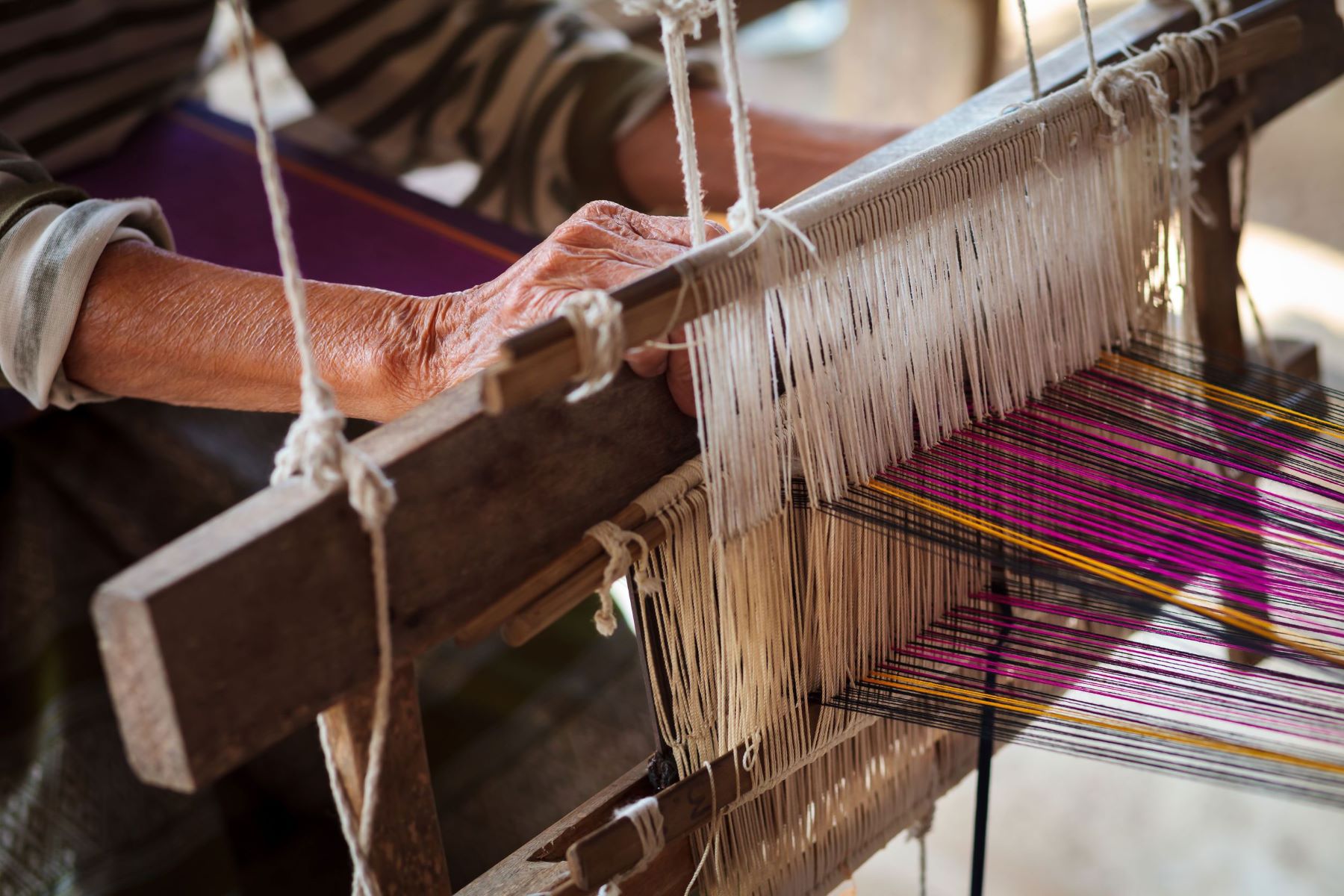
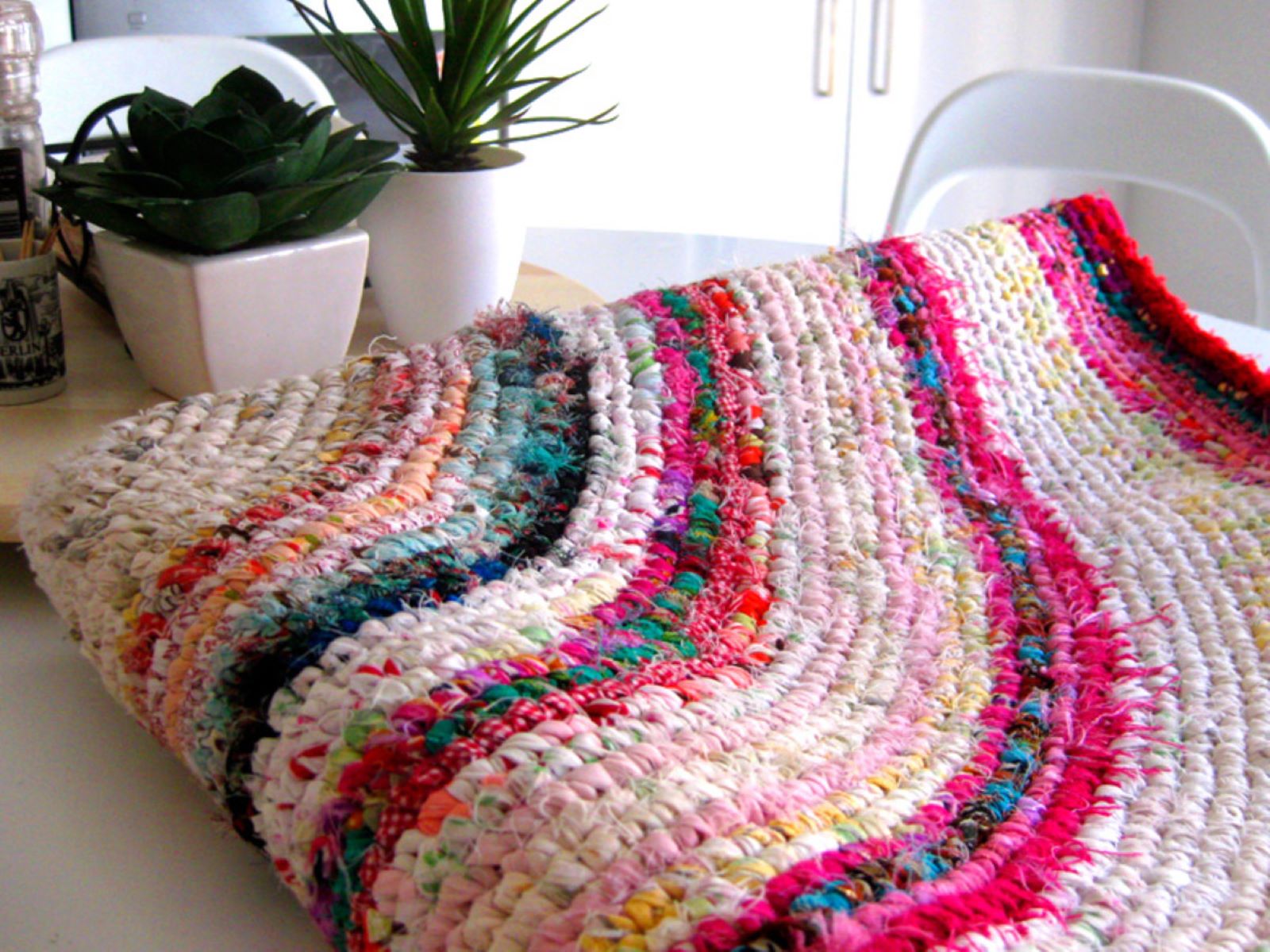
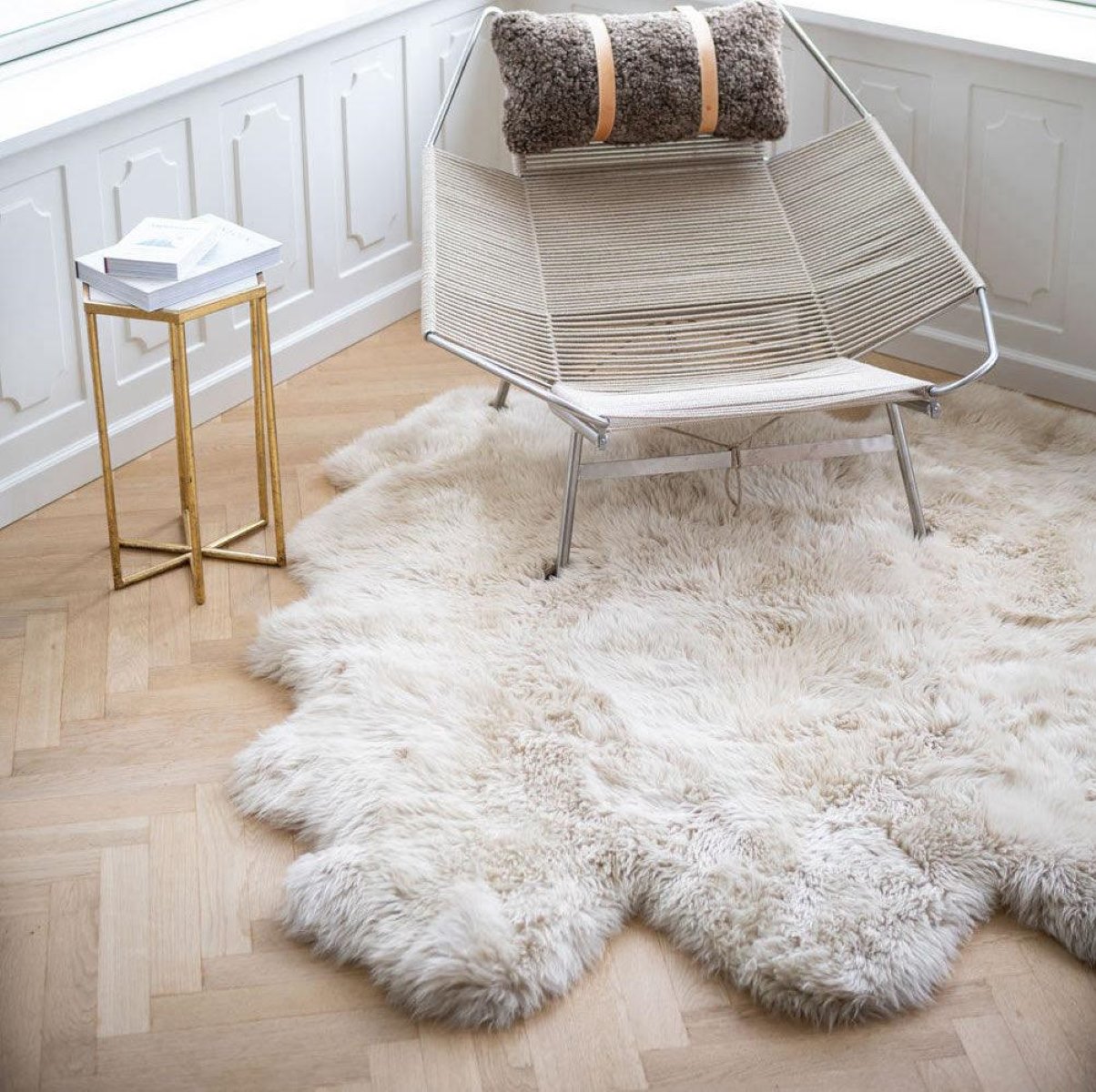
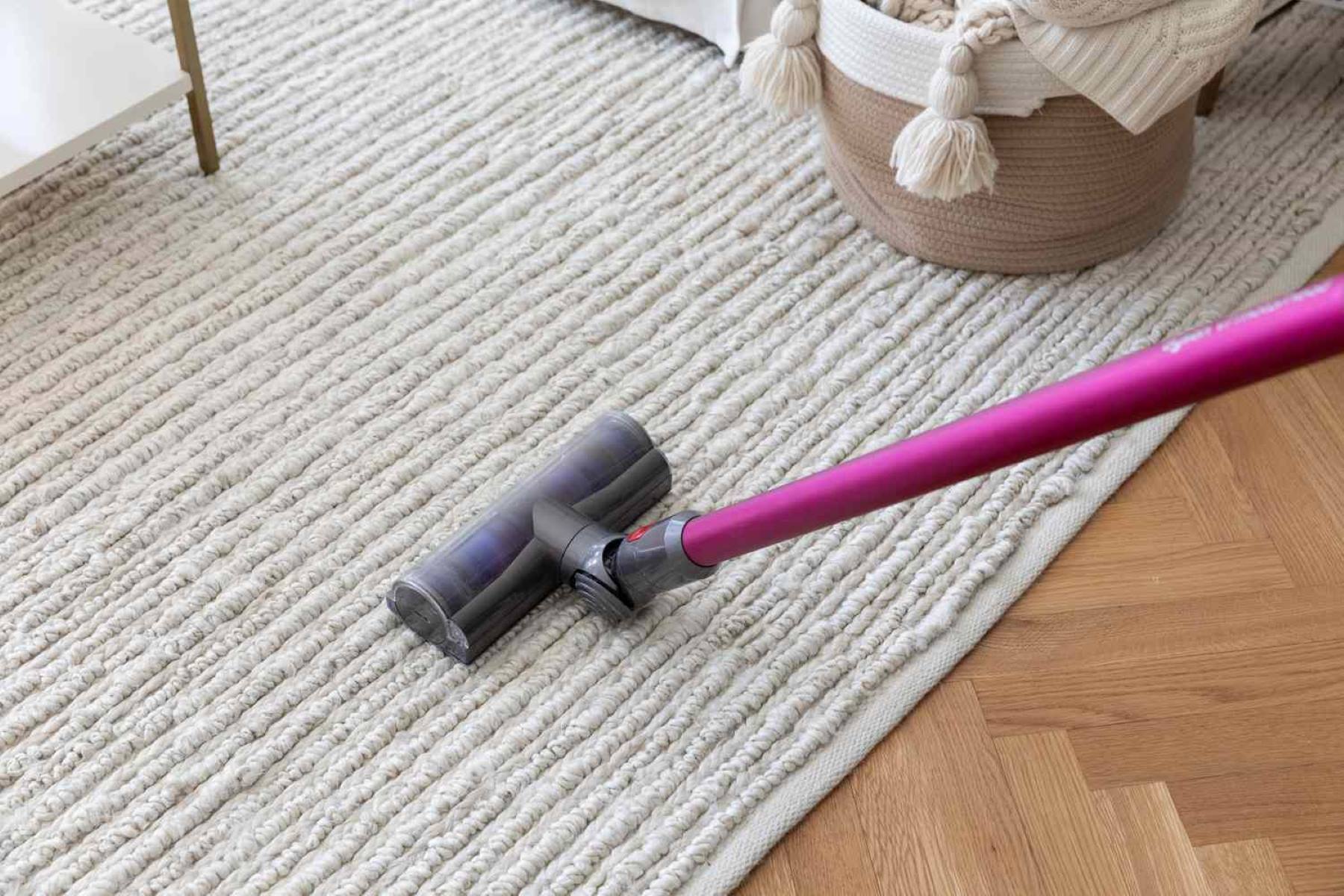
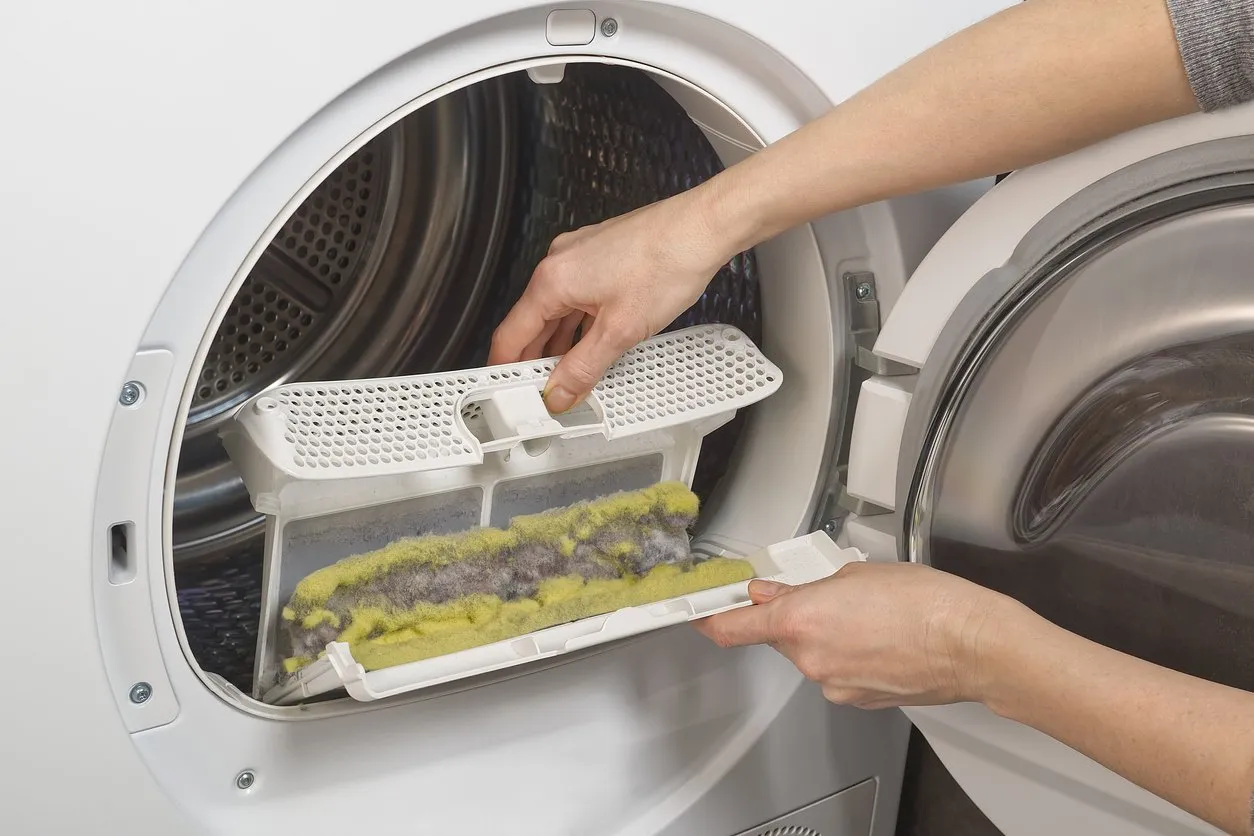
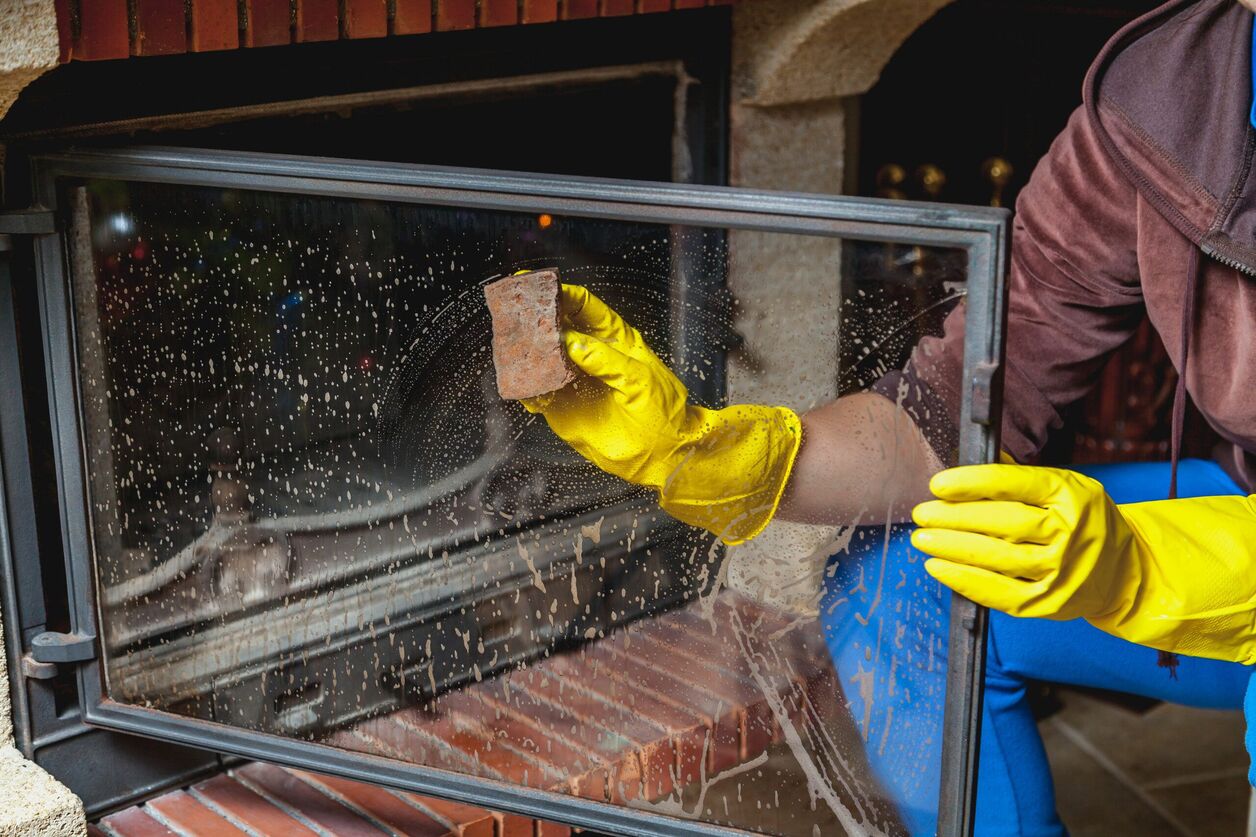
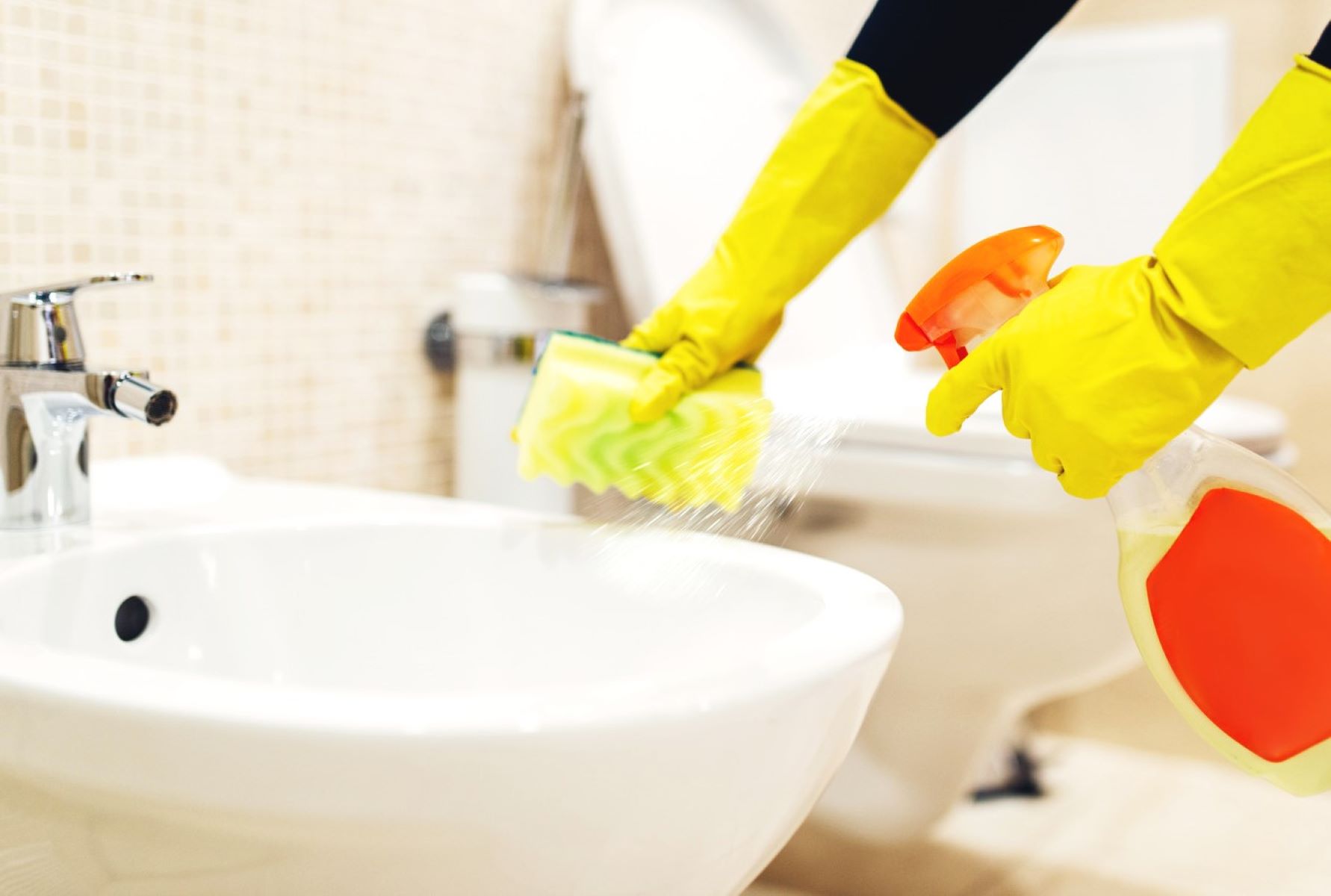

0 thoughts on “How Do You Clean Oriental Rugs”